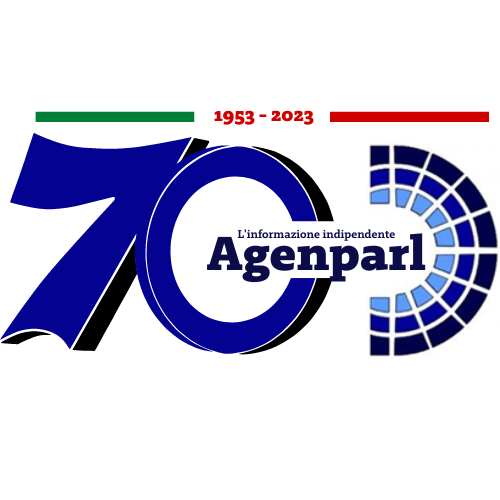 (AGENPARL) - Roma, 28 Giugno 2022
(AGENPARL) - Roma, 28 Giugno 2022(AGENPARL) – WASHINGTON mar 28 giugno 2022 June 28, 2022
The U.S. Gulf Coast is a key supplier of motor gasoline and distillate fuel to the U.S. East Coast. During March 2022, the East Coast received an average of 1.9 million barrels per day (b/d) of gasoline and 0.9 million b/d of distillate by pipeline, tanker, and barge from the Gulf Coast.
More than half of the refining capacity in the United States is located on the Gulf Coast, where more gasoline and distillate fuel is produced than used. In contrast, the U.S. East Coast has comparatively little refining capacity, but it is often where the most gasoline is consumed. Because of this dynamic, the East Coast receives fuel from other regions of the United States, predominantly the Gulf Coast, and imports from other countries. In addition, since 2017, refinery capacity on the East Coast has fallen from 1.2 million b/d to 0.8 million b/d, limiting the region’s gasoline and distillate production.
Transportation fuel markets in the Gulf Coast and East Coast are linked primarily by the 2.5 million b/d Colonial Pipeline and by the 720,000 b/d Products (SE) Pipeline (formerly known as the Plantation Pipeline). The Colonial Pipeline typically operates at or near capacity and often needs to allocate, or limit, space on its pipeline system. Allocations occur when demand to ship petroleum products on a pipeline exceeds the pipeline’s capacity. Allocations are a frequent occurrence on the Colonial Pipeline system due to high demand for shipping petroleum products from the Gulf Coast to the East Coast.
In addition to shipments from other U.S. regions, the East Coast imports gasoline and distillate from other countries. Gasoline imports into the East Coast have been steadily increasing since February, when the four-week rolling average for imports was 344,000 b/d the week of February 4. East Coast gasoline imports have risen to 790,000 b/d as of June 10. Imports of distillate fuel into the East Coast have followed normal seasonal trends, dropping sharply during March and April. But beginning the week of May 27, weekly distillate imports into the East Coast have been increasing. For the week of June 10, East Coast distillate imports averaged 129,000 b/d, up from 66,000 b/d the week of May 20.
Although interregional shipments and imports appear to be relatively high, demand growth and limited refining capacity on the East Coast will likely contribute to product inventories remaining relatively low.
Principal contributor: Matthew French
Fonte/Source: https://www.eia.gov/todayinenergy/detail.php?id=52919
